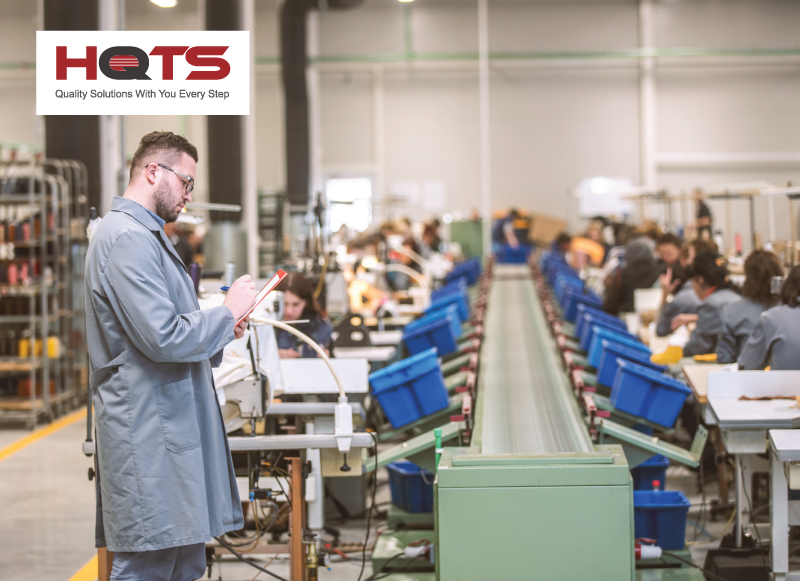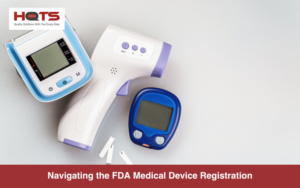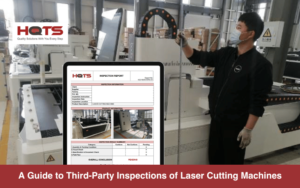When it comes to defects in a supply chain, the earlier the defect is detected – the less costly it gets. Problems can occur at several stages in the supply chain. But most of the time, it happens in the factory during the production. For this and many other reasons, certain businesses keep the factory accountable from start to finish by using production monitoring quality control processes.
In this article, you’ll learn about production monitoring and how it can help ensure a quality product throughout your supply chain.
What Is Production Monitoring?
The supply chain is becoming more complex as the number of countries involved with production and logistics increases. For many businesses, the supply chain has become fragmented – and this can cause logistical issues and make it harder for organisations to control the quality in the actual factory.
Production monitoring helps organisations closely watch and check each manufacturing process step to ensure it is running as expected. This usually involves third-party agencies tasked with continually inspecting each aspect of a supply chain (for example, a factory) to ensure that goods are up to a quality standard. The factory inspector would scrutinise the factory, looking for defects by methodically testing random samples using internationally recognised ANSI/ASQC Z1.4 (ISO 2859-1) standards and ensuring your specifications are met.
What Should Be Monitored in Production?
Production monitoring begins at the beginning of the production and can sometimes be divided into seven distinct sets.
1. Supplier Selection
If you want your products to be of the quality you need, then it’s vital to find a production partner to ensure your needs are met. Because of this, the production monitoring process sometimes starts with a factory audit of selected suppliers chosen by the organisation. This includes assessing the production technology, raw materials, and workers’ skillset to forecast if there can be any potential issues in the future.
2. Product Development
The factory audit is usually followed by a sample evaluation in the production monitoring process. This allows for a final confirmation that the manufacturer aligns with the quality needed for the product.
3. Production Planning
Once the sample is deemed to be of adequate quality, then the production will start. In this stage, called During Production Monitoring (DPM), the inspector will perform several inspections at a different parts of the production stages to ensure the quality of the goods.
Storage status inspections:
Ensure the storage facilities on-site are in line with the needs of the products to provide either finished products or raw materials are stored safely and securely.
Raw material status inspections:
The inspector would inspect the raw materials, ensuring they are correct for the product’s requirement and won´t harm the quality of the goods.
Incoming quality control inspections (ICQ):
ICQ inspections consist of laboratory inspections of raw materials to ensure goods are of the agreed quality. This testing looks at the material´s chemical components for a robust understanding of its makeup.
4. Initial production
The initial production stage of the DPM consists of multiple inspections that ensure processes are being followed correctly and workforces. These inspections include:
- Production line inspections: A robust inspection of the production lines to check whether the best practices are being used and health and safety are correctly implemented.
- Worker inspection: Staff members are monitored to ensure they have had adequate training and understand how to construct the goods correctly.
These inspections clarify manufacturers’ best practices, giving a clearer understanding of pain points that may cause issues later in the supply chain. These issues can then be amended at a rapid pace.
5. During production
During the apex of production, many goods are completed in the final stages. Because of this, it is critical to inspect these goods to ensure that the foundations of the product have been correctly implemented.
- Semi-finished product inspection: This inspection randomly inspects semi-have products to ensure no issues within the production line.
6. End of production
Finished products may be inspected during the final stages of production to ensure they are made to the correct specifications and packaged correctly to the country to which they will be shipped. Ensuring they comply with both ISO2859 and the country’s specific packaging requirements
7. Shipping
Once goods are created and the quality is good enough to begin shipping, inspectors will start to supervise the loading of the products per the delivery schedule.
Within this final stage of the production monitoring process, inspectors will check the containers’ quality to ensure safety and that no issues can be found. As well as this, inspections are carried out of the goods to ensure no damage to the packaging and the paperwork is correct.
What Is the Difference Between Inspection and Production Monitoring?
Inspection and production monitoring are two different terms that often get mixed up with one another. However, there is a significant difference between the two.
Production monitoring is done throughout the entire production process, giving organisations a robust understanding of their supply chain. This allows them to optimise their operations to ensure goods are consistent continuously and of good quality.
Quality inspections are usually a one-time affair. This only allows for a brief insight into the quality of the manufacturing processes. If the quality was to fluctuate, this could be missed if not monitored closely.
What Is the Importance of Production Monitoring?
Production monitoring is a process many companies use to avoid defects and ensure their goods are consistently produced at the expected level of quality. Production monitoring can be a valuable asset to any organisation’s supply chain. It allows for the continued inspection of goods to ensure quality is upheld in every production stage. This gives clients peace of mind, which minimises the chance of product defects that can slow down production and delivery time and be highly costly. Therefore, every organisation must consider implementing the assistance of a third-party production monitoring agency to assist in this.
Conclusion: What Is Production Monitoring in Quality Control?
As many businesses’ supply chains have become more complex, it has become increasingly harder for firms to ensure quality control at the factory. It is often said that the cost of defects increases as the problem goes unnoticed further down the supply chain. One effective method to improve the consistency of quality at a manufacturer is by using a production monitoring system.
HQTS has over 25 years of experience in industry-leading quality control for various industries, ranging from construction and machinery to consumer goods. We are accredited by CNAS against ISO 17020 for inspection and ISO 17025 for testing and can station our inspectors on-site virtually anywhere in the world. Learn more about our production monitoring services today and contact us for more information!





